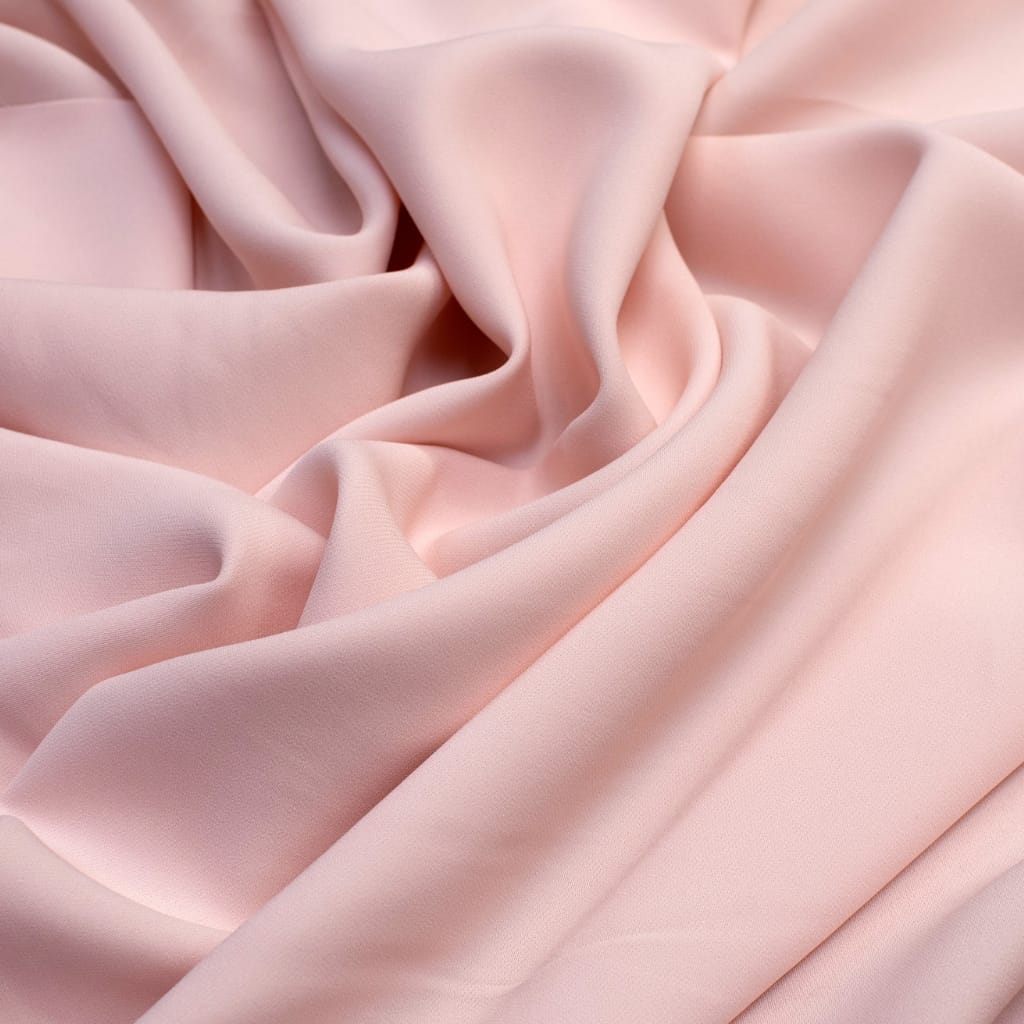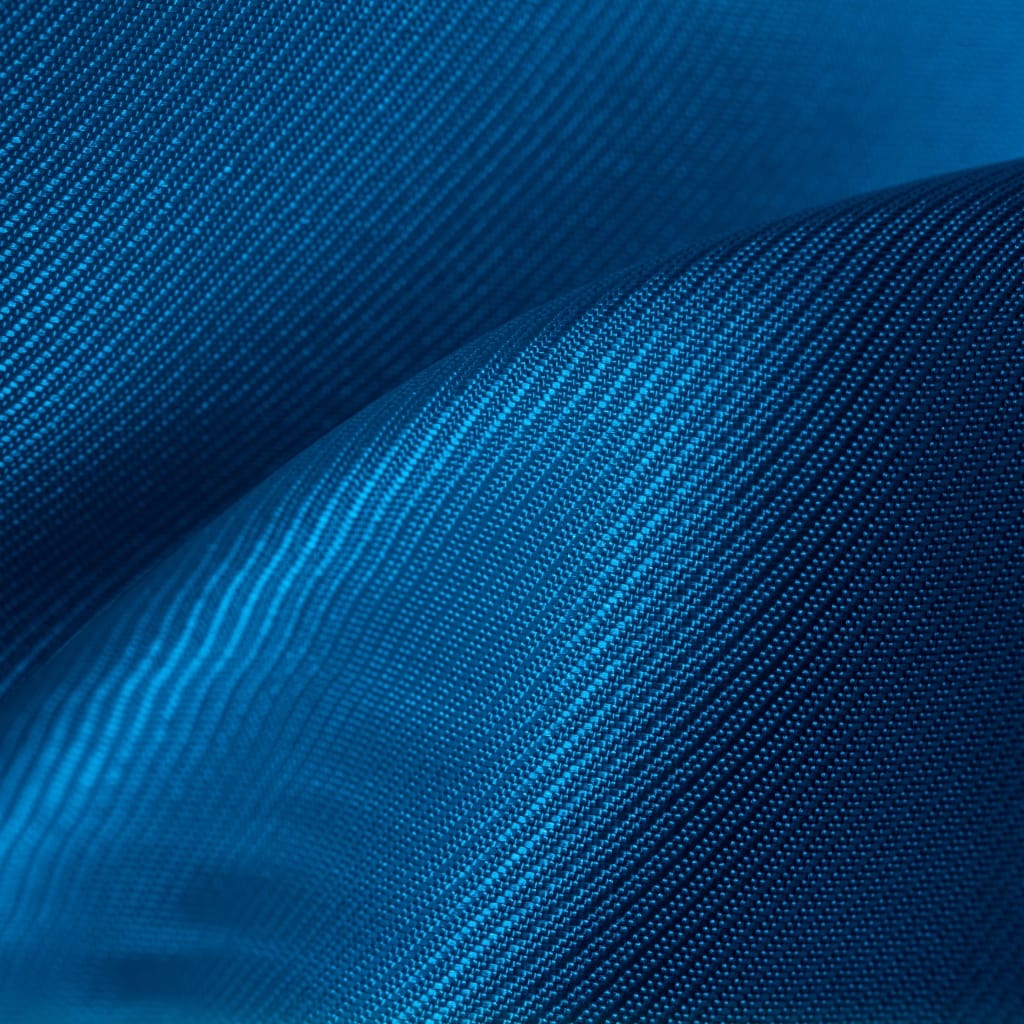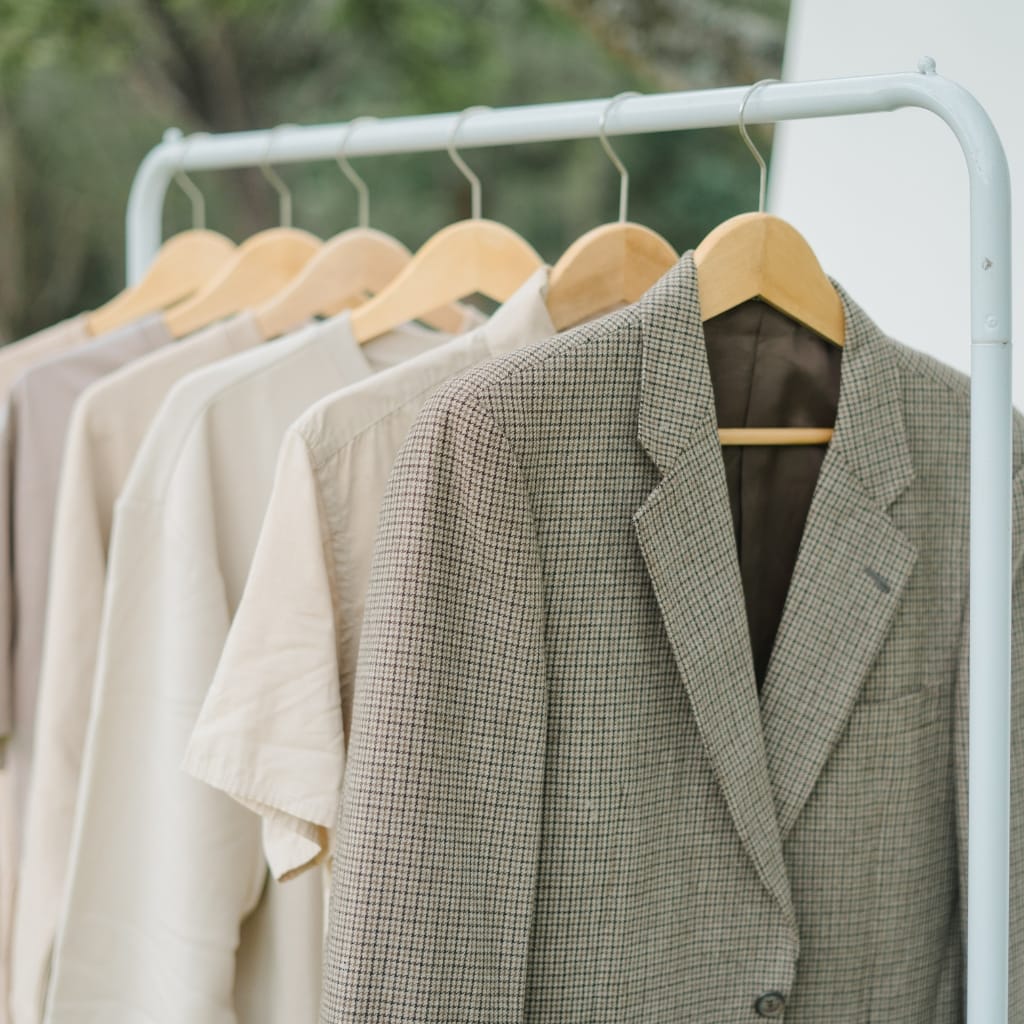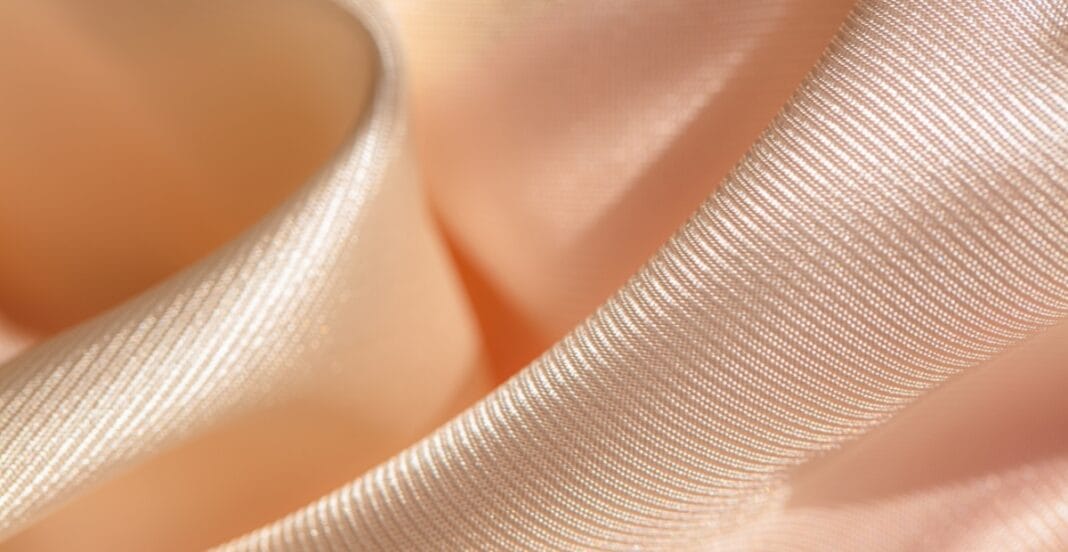Fast fashion progresses at an astonishing rate. Trends emerge and fade within mere moments. However, one fabric seems to be enduring more than the others. That fabric is acetate, which can be found in garments such as dresses, linings, scarves, and even expensive blouses. It’s common for people to inquire, “What is acetate fabric?” It is shiny, silky, and surprisingly low cost. Fashion brands are head over heels in love with it, and shoppers can’t get enough. But why is that the case?
We will explore the fascinating world of acetate. You will discover its properties, production process, its love-hate relationship with brands, and its controversy in the fashion world.
Table of contents
- What is Acetate Fabric
- The History Behind Acetate Fabric
- How Acetate Is Made Today
- Why Fashion Brands Choose Acetate
- The Pros of Acetate Fabric
- The Disadvantages of Acetate Fabric
- Does Acetate Qualify as Truly Sustainable?
- How to Maintain Acetate Garments
- Comparing Acetate with Other Fabrics
- Acetate in Everyday Clothing
- Conclusion
- FAQs
What is Acetate Fabric
Acetate fabric is a human-made material derived from wood pulp sourced from beech, pine, or eucalyptus trees. Manufacturers convert this pulp into cellulose acetate fibers which are woven into a glossy silky fabric resembling natural silk but at a significantly lower price.
Even though acetate is a synthetic fabric, it is derived from “natural sources”. This gives it a unique position in the world of textiles. It is soft to the touch, drapes well, and smooth to touch while reflecting light exquisitely. This is the reason it is so popular for the linings of clothing, bridal wear, and evening gowns.
Still, people often confuse acetate with rayon and polyester. Acetate indeed differs as it is not derived from petroleum and is not fully synthetic. This complexity and simplicity explains why people ask the question “What is acetate fabric?”.

The History Behind Acetate Fabric
The first development of acetate fabrics dates back to the early 1900s, making it over a century old. The British firm “Celanese” started commercially selling it in the 1920s. Availability of silk back then was low and expensive, thus providing hard to get, acetate served as budget friendly glossy substitute.
During 1940s and 50s, acetate fabrics surged in popularity. Hollywood actresses wore acetate gowns for red carpet events, and designers enjoyed how film cameras made it shimmer. It gave a luxurious look without high costs. The unchanged glamorous feeling till today is a testament to its enduring charm.
Acetate fabric has changed for the better over time. These updates increased its durability, and overcame some initial weaknesses such as its tendency to fade and wrinkle. Nowadays, the durability and versatility of acetate fabric is unprecedented.

How Acetate Is Made Today
The process begins with wood pulp. From trees, manufacturers extract cellulose, a natural compound. This cellulose is then combined with acetic acid and other chemicals, leading to the creation of cellulose acetate, a semi-synthetic material.
This mixture is extruded through spinnerets to yield long, delicate fibers. These fibers are spun, dried, and woven into fabric. While acetate is not completely natural in origin like plastic-based textiles, it is less synthetic than other chemically-based fabrics.
In comparison to other textiles, acetate has a more natural origin and does not need to be heat treated. The effort is worth it for brands and designers due to the smooth texture and elegant drape that acetate displays.

Why Fashion Brands Choose Acetate
The trifecta for fast fashion brands is speed, cost, and style. Acetate fabric fulfills all three requirements.
Firstly, acetate is cheap to produce. Compared to silk, it’s a bargain. This helps fashion brands create chic outfits at low prices. Second, it’s quick to manufacture. Fast fashion relies on rapid production. Acetate fits that model perfectly.
Third, the fabric has a rich luster and catches light satin would, draping like silk. It looks luxurious on hangers. Shoppers instantly fall in love. Most do not notice they are looking at acetate instead of silk.
In addition, acetate readily takes dye. Designers are able to use bold colors and prints that are seasonally in vogue.

The Pros of Acetate Fabric
Acetate’s low price isn’t its only draw. For one, it is very lightweight as clothing made from acetate feels soft and floaty which is ideal for summer garments or layered ensembles.
Another benefit is its silky texture. It glides over skin giving a premium feel while also insulating from shrinking and retaining form after light washing.
Acetate’s shine is visually striking especially for bold red dresses or pastel scarves. While stays vividly eye-catching, it is also biodegradable under the right conditions because it comes from plant sources.
The Disadvantages of Acetate Fabric
Acetate certainly has its advantages, but certain issues are more prominent, particularly durability. Acetate does not have good durability and can tear easily. As such, it is not suitable for rough handling or heavy use.
Additionally, acetates are sensitive to heat and moisture. Incorrect washing can lead to shrinking or wrinkling, and many acetate garments necessitate dry cleaning. This increases both time and costs associated with the garments.
Another issue is the flammability of acetates. High temperatures cause melting and weak structural integrity when it comes to ironing. For brands that emphasize eco-responsibility, the heavy use of chemicals in production is a concern.
Acetate fabrics may resemble silk but do not age gracefully. The glimmering finish they once had may fade, and threads may also weaken. They are stunning, however, they are not resilient in the long run.
Does Acetate Qualify as Truly Sustainable?
Acetate is derived from natural sources, but the production still uses chemicals like solvents that are harmful to the environment.
Despite this, acetate is a more eco-friendly option compared to plastic-based fabrics like polyester. Acetate does not rely on oil, and breaks down faster. Still, there are no perfect solutions, and the textile industry is working towards cleaner production methods.
Sustainable brands are attempting to lessen the amount of chemicals used. Some are looking into organic acetates or recycling garments made of acetate. For now, buyers should consider the eco-cons and eco-pros of each option before making purchases.
How to Maintain Acetate Garments
If you have garments made of acetate, handle them delicately. Don’t use hot water or high temperatures. Stick to gentle detergents and cool water. Follow instructions on labels. If it indicates dry clean only, then follow it.
Air drying is the best method to keep your acetate pieces in shape. Do not wring or twist them. When ironing, do so on low heat with fabric shielding the iron to prevent direct contact. Keep brittle acetate garments away from sunlight to preserve vibrant colors and maintain fabric strength.
Following the aforementioned methods will help you reduce the frequency of repairs needed for your acetate outfits. Doing so is beneficial for both the wallet and the environment.

Comparing Acetate with Other Fabrics
Acetate can be compared to silk, rayon and even polyester. It resembles silk, is cheaper, and also has the added benefit of less wrinkling. Rayon is soft to the touch, but has a tendency to lose shape more quickly than other fabrics. While polyester is durable, it falls short when it comes to the natural sheen that acetate boasts.
Silk epitomizes luxury. Acetate is luxury on a budget. While polyester offers greater durability, it cannot compete with acetate’s elegance. Acetate strikes a balance between beauty and practicality.
No wonder these are popular among designers! It allows for an offering of high-fashion looks at mid-range prices. It fuels fast fashion but can be used in high-end designs too.
Acetate in Everyday Clothing
Take a look in your closet. That shiny blouse? Most likely acetate. That smooth lining in your coat? Also acetate. From ties and scarves to lingerie and formalwear, acetate can be found in many places. Even in accessories like ribbons or sashes, acetate is commonly used.
Acetate is integrated into our daily clothing. It adds to our looks, and most importantly, it feels comfortable. And in many instances, we are oblivious to the fact that it exists. This is what makes the fabric so intriguing. It conceals itself in plain sight, quietly influencing our fashion choices.

Conclusion
So, what is acetate fabric? It is a soft and glossy fabric made from wood pulp and chemistry. It imitates silk without the hefty price. Acetate dazzles on the runway and shines on the sales rack.
The use of acetate fabric is revolutionizing our wardrobes. It makes elegance easier to obtain. Fashion still has a long way to go in terms of sustainability, and acetate raises questions about its transport costs and environmental impact.
In the fast fashion world, ease and efficiency are vital. For account holders, curious observers, or designers, understanding acetate’s significance is invaluable.
FAQs
Not very. It doesn’t breathe like cotton or linen. But it’s light enough to stay comfortable.
Only if the label says so. Most need dry cleaning or careful hand washing.
Yes, it’s lightweight and drapes well, making it great for warm weather.


